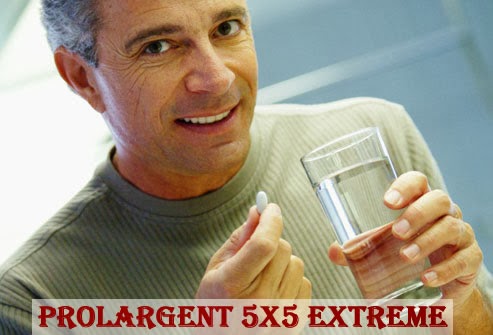Atherosclerosis and Erectile Dysfunction
Erectile
dysfunction is a widespread problem. Up to 39% of 40-year-old men report some
degree of erectile dysfunction, and two-thirds of men over age 70 have
significant symptoms.
Erectile
dysfunction isn't life-threatening, but that doesn't mean it's not serious. Men
with erectile dysfunction (ED) are more likely to feel depressed and report
less enjoyment in life.
High
Blood Pressure Drugs and Erectile Dysfunction
To treat
erectile dysfunction (ED), you first must lower your blood pressure if it's
high. Some people are able to do that through lifestyle changes alone. Others
need help from prescription blood pressure drugs. A problem for many men,
however, is that some types of blood pressure medicines can actually cause
erectile dysfunction. That may make it difficult to stay on your medication,
especially if your high blood pressure never caused any symptoms before. An
estimated 70% of men who have side...
Thanks
to advertisements for drugs that treat it, you may have heard more about
erectile dysfunction than you ever cared to. But did you know that
atherosclerosis -- hardening of the arteries -- is the main cause of ED?
The
link between atherosclerosis and erectile dysfunction is well known to doctors.
If you have ED, understanding the connection might just save your life.
Atherosclerosis
and Erectile Dysfunction: Slowing the Rush
The
blood supply to the penis comes from arteries in the abdomen (belly). Smaller
arteries branch off to carry blood down into the penis. When it's time for an
erection, these arteries dilate. More blood flows into the penis, causing it to
swell.
The
rush of blood creates high pressure in the penis that also slows down the flow
of blood out of the penis. This produces a firm erection that can be maintained
until orgasm -- if the blood vessels are healthy.
Atherosclerosis
and Erectile Dysfunction: Dam Blockages?
To
get and maintain an erection, blood vessels in the penis have to be robust, to
rapidly increase blood flow. Erectile dysfunction usually means blood vessels
everywhere aren't in perfect health. This can be a signal of increased risk,
long before blockages from atherosclerosis form.
To
understand what goes wrong, think of blood flow as a river over a dam.
Engineers control the flow: they can increase flow to make rapids, or narrow it
to a trickling stream.
A
similar mechanism is at work in your arteries. In your penis, blood flow needs
to open wide during sexual arousal. Likewise, you need wide open blood flow to
your heart's arteries during exercise. The inside lining of blood vessels
(endothelium) releases chemicals on demand to accomplish this.
The
endothelium can be damaged by high cholesterol, high blood pressure, smoking,
or diabetes. They also cause atherosclerosis.
Once
damaged, the endothelium can't expand arteries to increase blood flow as well.
Less blood flow into the penis means a less firm erection.
















.jpg)











3 comments: